John Stirling Photography
…A few moments in time and place…
Thurne Mill at Sunset, Norfolk Broads, England
I have always had a fascination with windmills! That’s because, living most of my life in Scotland with some in-between years in the north of England, I only really saw them in photographs, artwork or as models. Having since spent a few short breaks in the Norfolk Broads, I have seen and photographed quite a few distinct windmills and also some shots of interesting parts of windmills. This shot was taken at Thurne Mill as the sun was going down and the sky was yellow/orange in colour. I hope you like it?
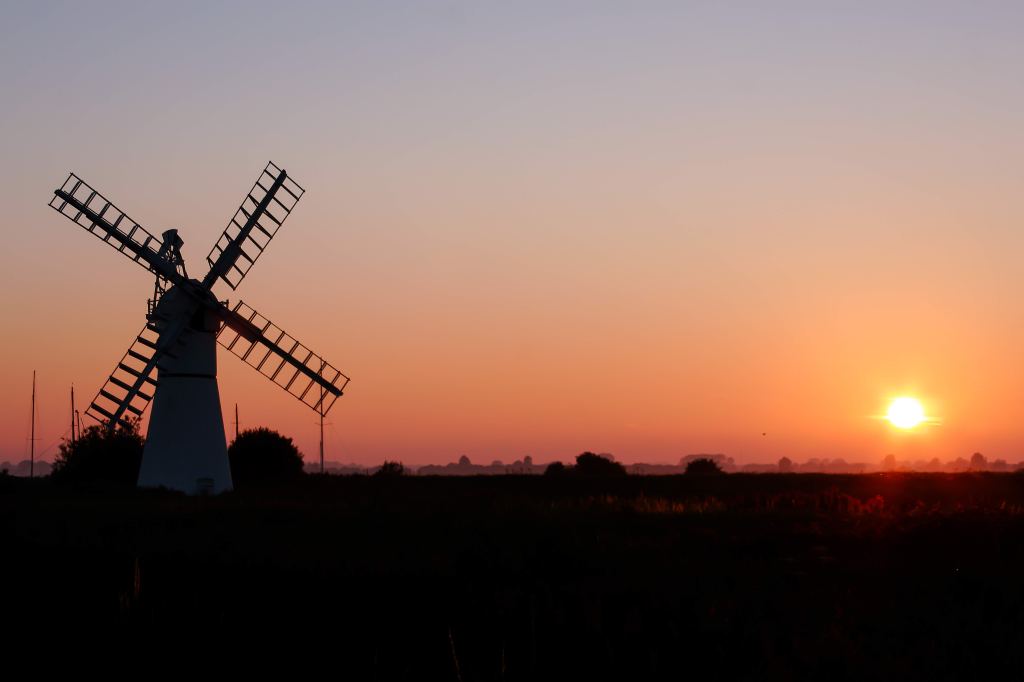
I took a range of images as the sun went down, from ones with more windmill detail and a brighter sun and sky, to a full windmill silhouette with a much darker sky. I chose this one because there is still a minimum of light on the seen side of the mill. This choice points to another issue that photographers face when publishing/producing images for display/sale. Which option is going to be of interest to most viewers/purchasers. Not always an easy choice because artistic likes/dislikes can be very different from person to person. What do you think of this image?
Thanks for visiting and please drop by again!
John
Norfolk, England – Wherry sails by St Benet’s Level Mill
Norfolk is one of my favourite landscapes for photography in the UK. It is very flat, and much of its land lies below sea level. It is dotted with windmills and wind pumps and is famous for its myriad of waterways known as the Norfolk Broads. The waterways are often interspersed with huge areas of reed beds and while you are driving across the land, it is not unusual to see large sails appearing to drift silently across the landscape.
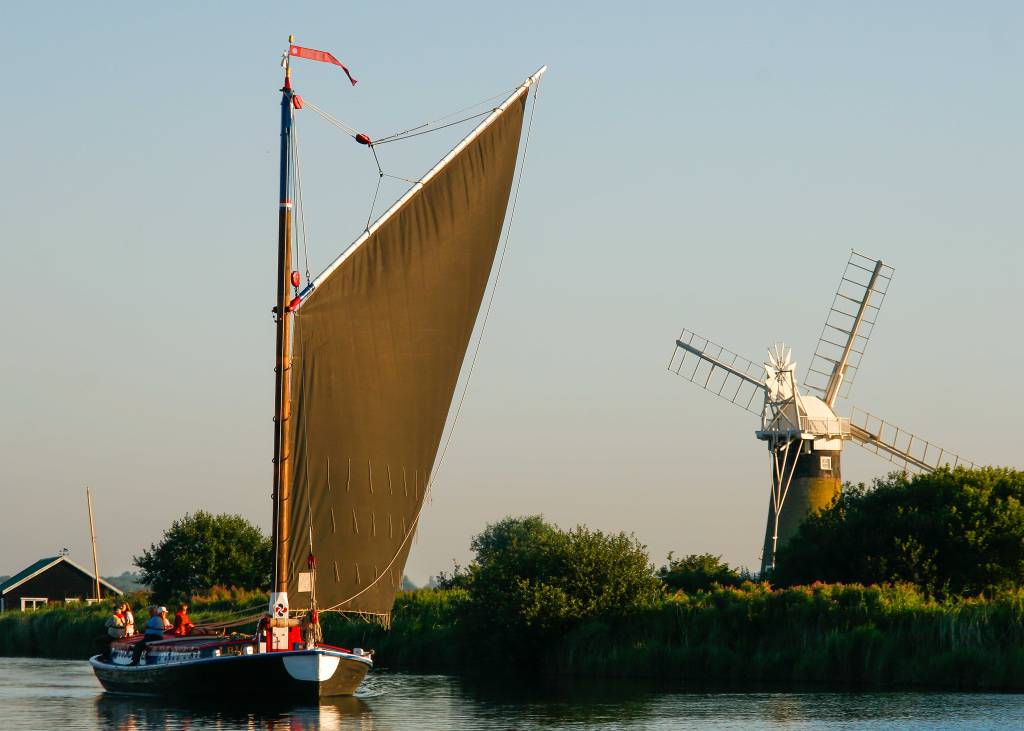
I waited quite a while for this shot and had to catch it quite quickly as the wherry is a fast mover. The Norfolk wherry used to be one of the means of goods and passenger movement around the area in the late 19th and early 20th century. There are many different types of wherry, but one of its distinctive characteristics is the speed at which the mast and sail can be dropped to horizontal to allow access through the many very small bridges that dot the landscape. It is fascinating to watch.
Thank you for visiting my blog. I hope you like the photography.
You can visit my website to view my work in larger format, and/or purchase wall art in the form of prints and canvases at www.johnstirlingphotography.com.
John
Venice – Look, See, Photograph
In my last post, ‘Venice, City of Love’ I asked you to look and see what was lying near the bottom of the Venetian lamppost in the shot? Here is another photograph of the same lamppost without the young couple.
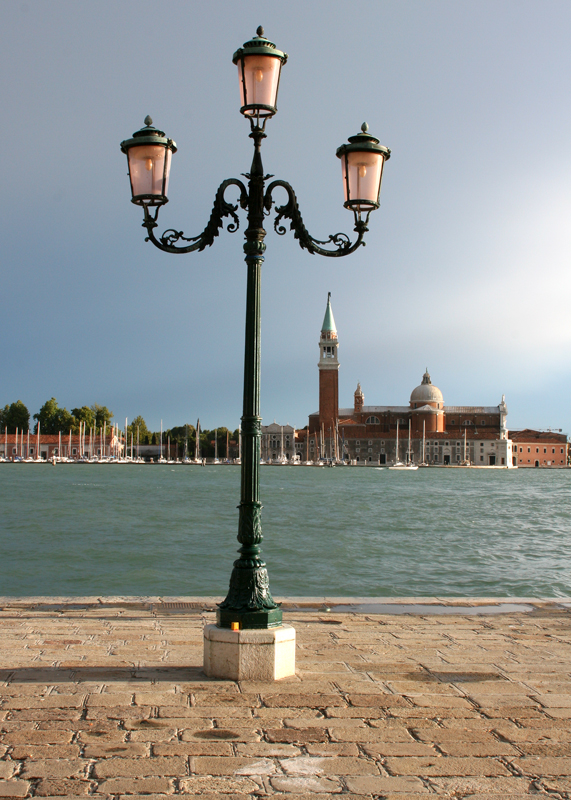
Having looked, we could see a little yellow cardboard box which had once held Kodak film, sitting on the lamppost plinth. It had probably been mistakenly left there by a film enthusiast after loading his or her camera.
It could be argued that most people would walk by this scene and never see the box, and would also miss seeing it when looking at a print of the image. This is because most people tend to look at the general overall scene in front of their eyes rather than observing the smaller details.
So, what could be done to focus the eye of the viewer on the little box within the overall scene? Well, being the historical city that Venice is, there are millions of beautiful black and white images which have been taken since photography became possible and colour film became available. I therefore chose to isolate the box in colour and have a black and white background scene.
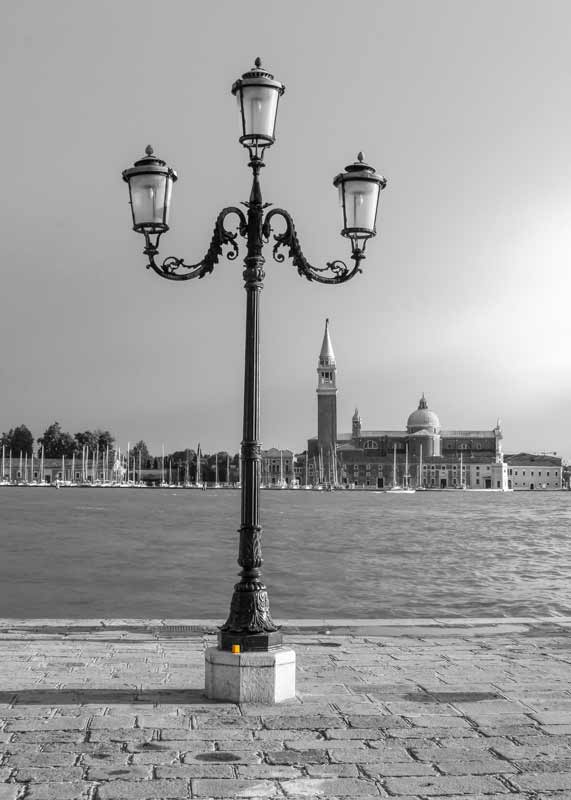
Even though the yellow box is very small, because it has been left in colour, it stands out from the scene and the eye is drawn towards it. The focus is therefore on the box first and then the context of the rest of the scene!
Thanks for visiting my post and I hope you like my photography.
Thanks!
John
Venice, City of Love
You cannot visit Venice without being steeped in romance and love. I found this young couple in a tender, but tentative embrace along with great light, colour and a bit of historical interest in terms of the Church of San Giorgio Maggiore. I couldn’t have asked for a better shot with all of these factors coming together at the same time.
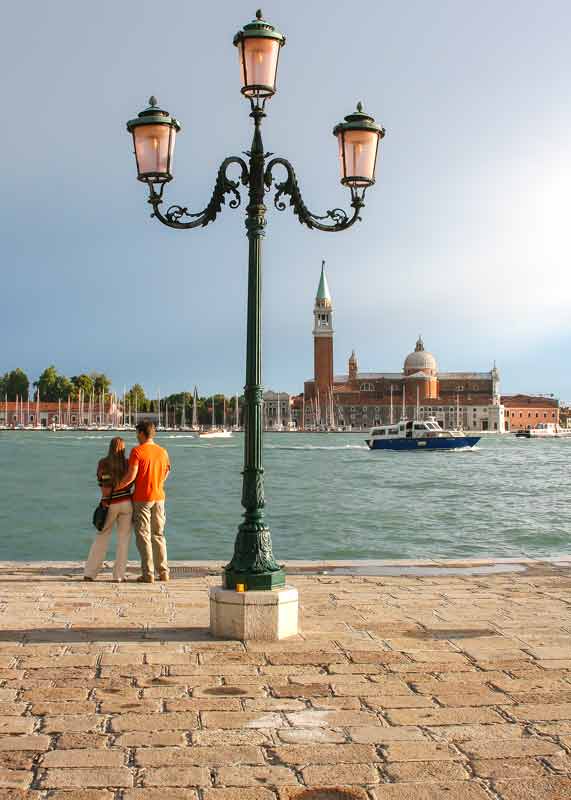
Observation is so important in photography and having an ability to notice unusual and odd items. Just look at the base of the lamppost and what is sitting there? Yes, it is a Kodak film carton. Someone has loaded a new film into their film camera and left the box sitting there. In my next post, you will see how I have used that in another shot.
Thank you for coming along to my blog and please come again! You can access my website at http://www.johnstirlingphotography.com if you would like to see larger versions of my work or if you would like to purchase prints/canvasses.
Thank you!
John
Venice, Italy – The Campanile Triptych
The Campanile lies in St Mark’s Square in the fabulous city of Venice. When I take photographs, I am always looking for something a bit different through observation; looking for quirky detail, a storyline, great colour content, physical content and then balancing the shot to produce an attractive, interesting file/print outcome.
The Campanile is 98.6 metres high and I wanted to be able to show the detail near the top of the tower, as well as giving an overall indication of its height. In this set of three shots, I therefore had a vertical triptych in mind. With that in mind, here are the three shots arranged vertically.
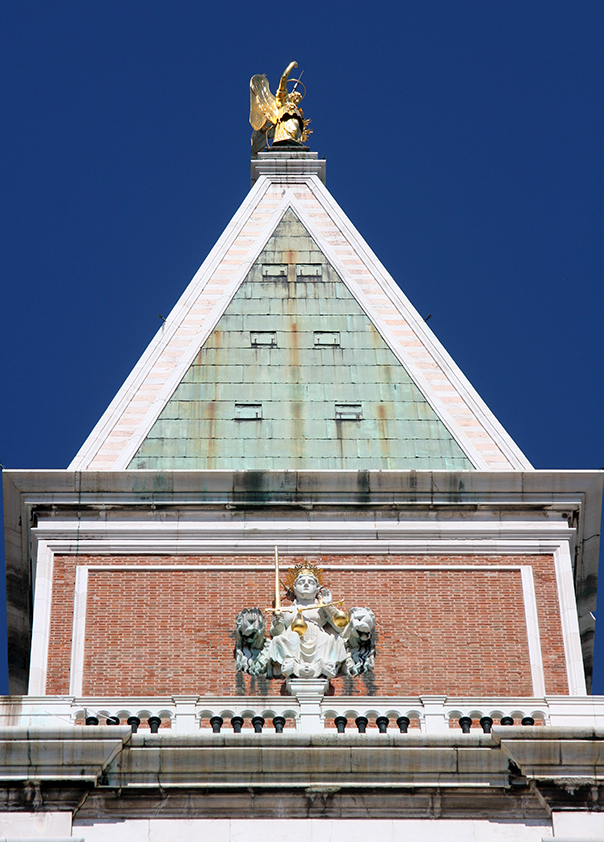
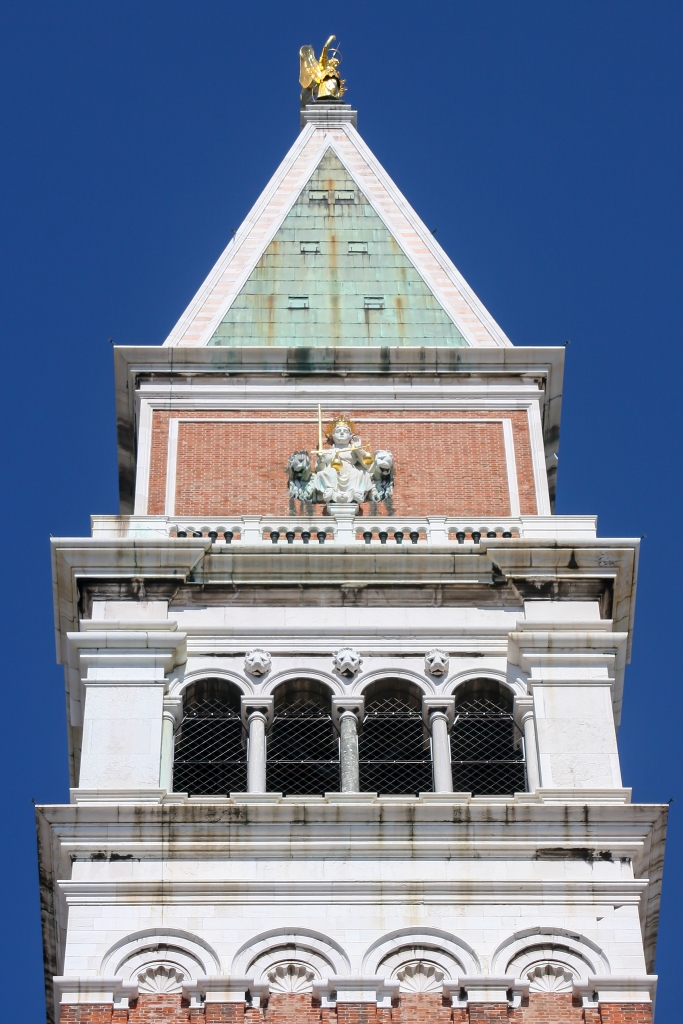
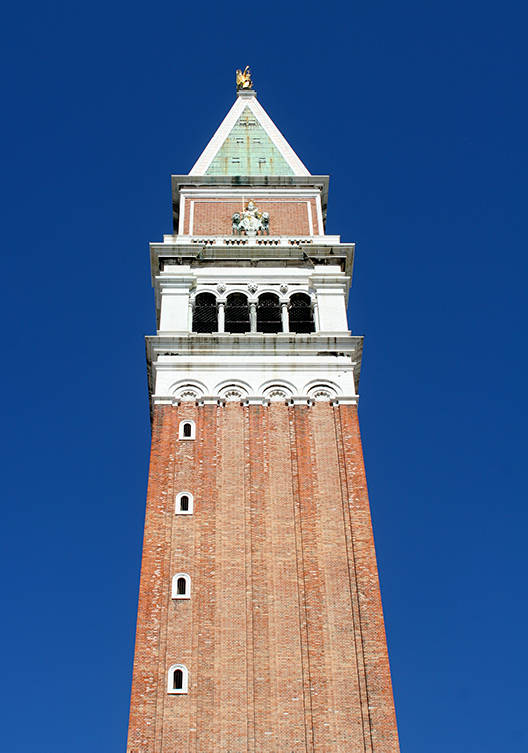
Framed, the set of three images makes an attractive and unusual triptych, at print size and frame option a customer wants.
Comments are most welcome!
Here is the location for your information!
Thanks for visiting!
John
Photo Blog Resumption and Crohn’s Disease
Hi folks! I first of all want to say sorry to any friends and followers I might still have for my disappearance from the blogging world since October 2020! This was not planned and I hope you will stick with me as I commence blogging again.
I have been extremely ill with a serious relapse of Crohn’s Disease. I have been a Crohn’s sufferer for the last 7 years. Crohn’s disease is an autoimmune disease where one’s own white blood cells attack the tissue linings anywhere in the food transit system, but more often, the gut. There is no known cause of Crohn’s and no known cure. Treatments such as steroids, immunosuppressants, biologicals etc. can help for some people, short remission periods can happen, but relapses and surgery are common. I am just coming out of one of these relapse periods. I will not go into the grizzly details but suffice to say I lost 3 stones in weight, lost all energy and strength, and could only walk a few steps before being on the point of collapse. I could do nothing but feel ill, watch telly, read and sleep! I am currently being treated with a high dose of steroids and a different biological drug. Fingers crossed it works!
I will leave this post up for a couple of weeks so that people can see it and will remove it when it is no longer relevant.
Thanks for reading! I look forward to resuming my Photo Blog Posts from tomorrow, 28th April 2021! I hope you will come along and have a look!
Thanks!
John
Riverside Museum, Glasgow, Scotland
Hi Folks! As promised in yesterday’s ‘Glenlee’ post, here is a photograph of the rear, river-facing entrance to the Riverside Museum which houses the Glasgow Transport Museum collection. It is an iconic, award winning building designed to reflect the waves of the River Clyde.
We visit as often as we can and wander around, in-between coffees and lunches, reminiscing about old cars, buses and tramcars we remember, those our parents and grandparents owned, or that we have owned ourselves. It also houses railway engines, motor cycles, a Glasgow Street, and holds the Clyde Room Collection of scale model ships built by apprentices who worked in the once famous Clyde shipyards.
Thanks for visiting! See you next time!
John
The ‘Glenlee’, Glasgow’s Tall Ship, Glasgow, Scotland
Hi Folks! This is Glasgow’s Tall Ship, the ‘Glenlee’, a steel hulled sailing ship. She lies next to the Glasgow’s iconic Transport Museum. The ship was built in Glasgow by Archibald Sterling & Co, and went into service in 1896. She circumnavigated the globe 4 times, and survived Cape Horn 15 times, before being bought by the Spanish Navy in 1922. In 1990, the Clyde Maritime Trust purchased her for £40,000 and saved her from ruin!
She is a beautiful ship, restored fully and now fulfils her role as a visitor attraction. Next post, I will show you the river frontage of the Glasgow Transport Museum for reference!
Thanks for visiting!
John
Wick Harbour, Wick, Caithness, Scotland
Hi Folks! Back to Scotland for this post and a photograph of fishing boats in Wick Harbour on the north east coast of Scotland.
I love visiting harbours with fishing boats and I particularly like the colours in this shot. Wick is one of the stops on the North Coast 500 which is a new holiday route around the north of Scotland.
John
Mount Titlis Rotair, Engelberg, Central Switzerland
Hi Folks! This shot shows the final cable car to the summit of Mount Titlis, Central Switzerland. As the name suggests, the cable car rotates as it rises, giving spectacular views over 360 degrees. It can hold up to 100 people at a time! The guy on the gantry gave us a shock as he climbed out of the cable car, up the arm and leapt across to the gantry! Maintenance only! Thank goodness! No suicide attempt!
It was a bit of a shock and we were fixated so much that I forgot about the camera! Slapped wrist for me! However, I did get this shot before he climbed back over and back into the cable car! No harness or safety rope as far as we could see!!
Thanks for visiting! Hope you like the photograph? See you soon!
John
Check out my Website
-
Join 199 other subscribers
Copyright Information
The images on this Photo Blog are the property of John Stirling Photography and protected under UK and International copyright laws.
Copyright © John Stirling Photography – All Rights Reserved
Permission is granted for non-commercial, unaltered, online use of the low resolution images displayed within this Photo Blog and its Posts. To do so, simply drag the low resolution images onto your desktop, and when they are used online, ensure that you credit the work to John Stirling Photography and include a link to this Blog. Whenever you use any of the images online, please also use the ‘Contact Me’ page to inform John of which images have been used, the URL of the location, and the context in which they have been used.
If you happen to be interested in prints or a commercial licence for the use of any of the photographs, please visit my shop at www.johnstirlingphotography.com.
-
Have a look at my recent Photo Blogs:
Here is an Archive of my Photo Blogs:



